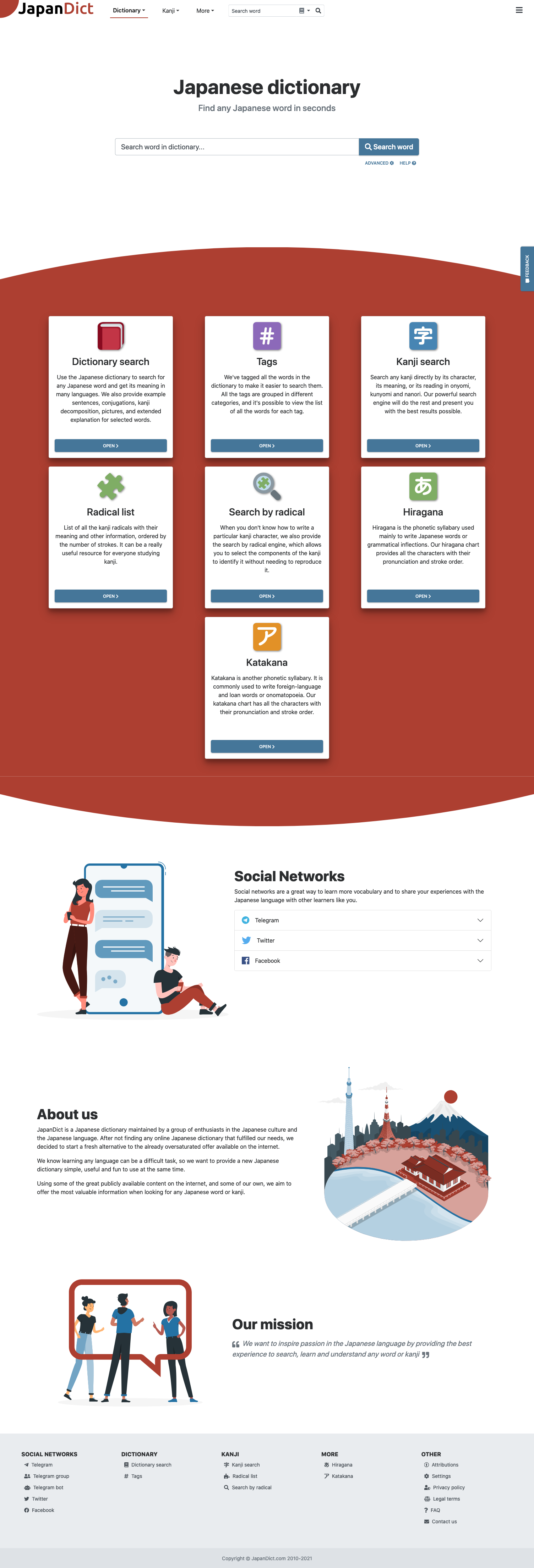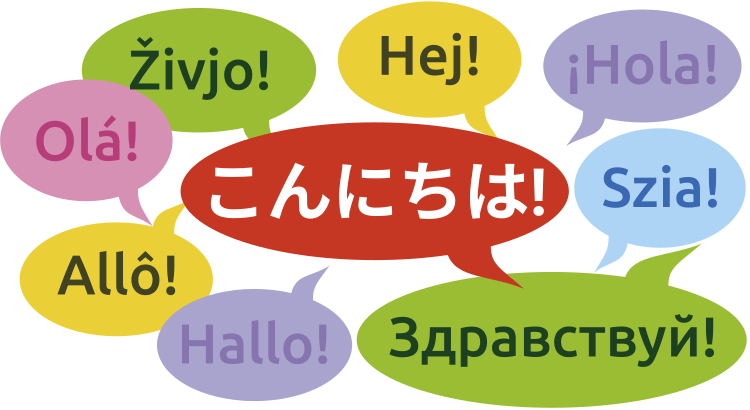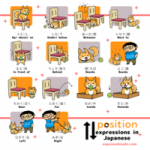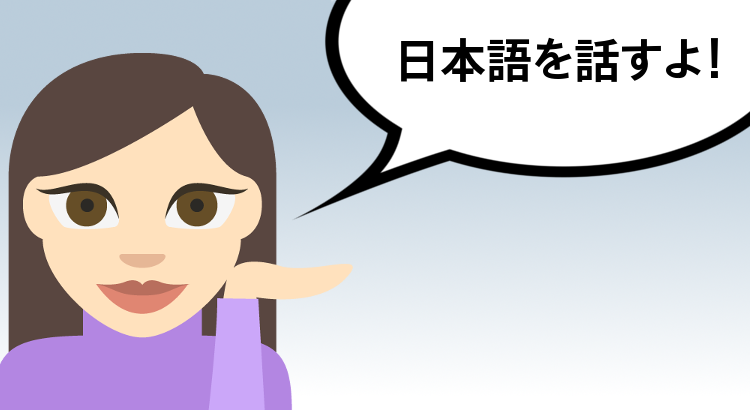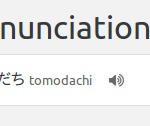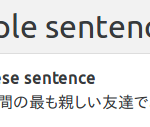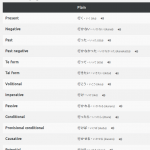Since we started developing the JapanDict Japanese dictionary back in 2010, a lot of things have changed. At the beginning it was pretty simple: it was only possible to search for words and kanji, and even though the site was really functional. It lacked many of the functionalities available today like the search by radical, pitch accent, audio pronunciations, etc.
💬 forum.japandict.com
One of the things we’ve always tried to do is to be approachable and listen to your feedback. In fact, some features and improvements that we’ve been adding to the dictionary came from people that contacted us via the contact form or the feedback form.
We wanted to bring this communication to another level and try to encourage participation and discussion. We decided to create a forum and try to grow a community where anyone can participate, suggest new features, report bugs, or discuss any doubt related to the Japanese language.
Create an account and join us at forum.japandict.com
👥 User accounts and personal preferences
One of the requirements for the forum was the need of having user accounts: everyone who wants to participate, will have to create an account in JapanDict. So why not use these accounts for something else? For example storing some personal preferences?
Now that’s possible! We’ve implemented the possibility to save the following options:
- Dictionary search language
- It’s been possible for some time to change the search language from Japanese and English to Japanese and Dutch, French, German, Hungarian, Russian, Slovenian, Spanish or Swedish, but you had to select the different language every time you wanted to perform the search. Now you can save your personal preference and it will be used in every search.
- Kanji search language
- Same as in the dictionary. But in the case of Kanji search, the available languages are: English, French, Spanish and Portuguese.
- Show or hide romaji
- This feature was suggested via your contact form, and I’ve been wanting to implement it for so long. Although romaji can be useful for beginners, some people consider it kind of “ugly” and even not helpful if you’re still learning hiragana and katakana. Even though romaji will be shown by default, now you have the possibility to remove it.
🔍 Improved search bar
When we published the new version of JapanDict back in July, one of the changes was a renewed search bar in the top header that is always available. This is very useful when using the dictionary, because you don’t have to go to the main page if you want to search another word or kanji.
We took the chance to completely rewrite it and add new features. This new version allows selecting the dictionary where to perform the search and also the language. We believe it’s a good improvement versus the previous one.
🙏 ありがとう!Thank you!
And that’s all for today. We hope you like all these new features as much as we enjoyed building them. We still have many other ideas we want to implement, but we would love to hear from you. Do you have any idea or suggestion? Please share it in the forum!
Thank you for your support and see you next time!
Discuss in the forum


